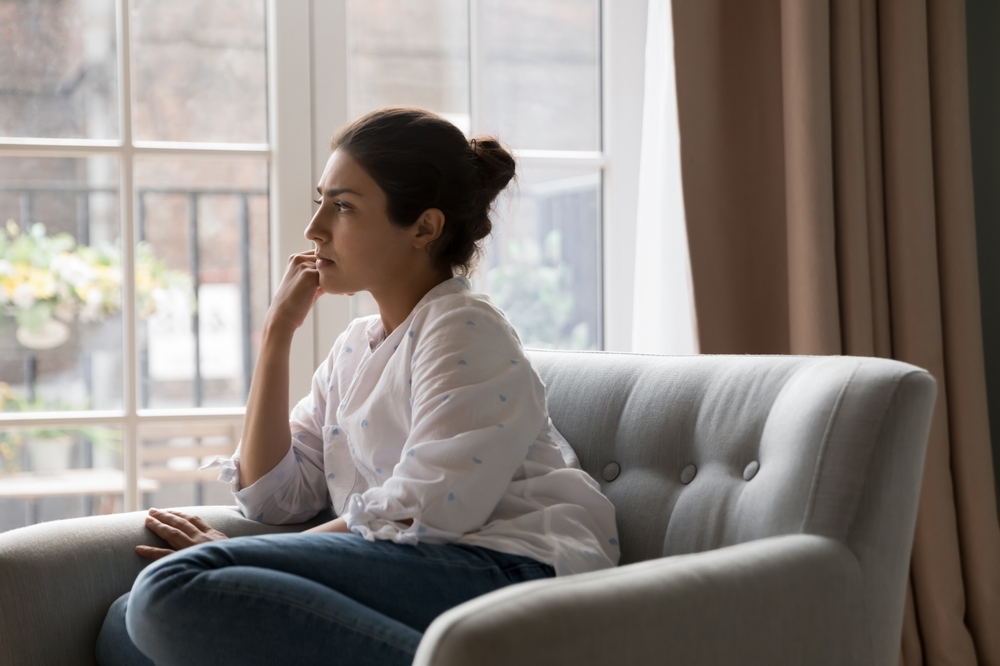Unpacking the pros, pitfalls and legal considerations before you buy a share in a home
Shared ownership has made homeownership accessible to thousands who might otherwise struggle to afford it. With lower deposit requirements and easier monthly payments, it is an ideal way to climb onto the property ladder, especially in high-cost areas where traditional routes are out of reach.
But as with any scheme intended to improve affordability, the fine print is essential. While shared ownership can be a suitable option for some buyers, it entails specific terms, costs, and legal responsibilities that you must fully understand. In this article, we explain how the scheme works, common pitfalls for buyers, and what to consider before committing to a shared ownership purchase.
How shared ownership works
Shared ownership is a government-supported scheme designed to make homeownership more achievable. Instead of buying a property in full, you purchase a share, usually between 25% and 75%, and pay subsidised rent on the part you do not own. This rent is typically paid to a housing association or registered social landlord, who maintains ownership of the remaining share.
The scheme mainly targets first-time buyers, essential workers, and households with incomes below certain limits, currently £80,000 per year outside London and £90,000 in London. It applies to new-build homes and some resales of existing shared ownership properties.
Buying additional shares
As your finances improve, you may be able to buy additional shares, a process known as staircasing. Each time you purchase more equity, your rent decreases proportionally. In many cases, you can eventually staircase to 100% ownership, but not all leases permit this. Always check the terms.
Most shared ownership homes are leasehold, even if they’re houses. This means you don’t own the land the property sits on and may face additional charges such as ground rent, service charges, or permission fees for making alterations.
Affordability illusion
The main advantage of shared ownership is affordability. The deposit typically ranges from 5% to 10% of your share’s value, not the full market price of the property. Since you’re only purchasing a portion of the home, your monthly mortgage payments are lower than they would be for a full purchase.
However, appearances can be deceiving. Many buyers focus on the lower initial costs and overlook the total monthly expenses, which include rent, mortgage, service charges, and sometimes additional leasehold-related costs.
Even if you own only 25% of the property, you are generally responsible for all maintenance and repair costs. If the boiler breaks, the roof leaks, or windows need replacing, you cover the entire expense, not just your proportional share.
Other costs to account for include:
- Buildings insurance: Often arranged by the housing provider and recharged to you
- Service charges: For communal maintenance, which can vary year to year
- Management fees: For admin, permissions or legal notices
- Staircasing costs: Including valuations, legal fees and potential stamp duty when buying further shares
These costs can significantly raise your overall ownership expenses. In certain instances, they match or surpass what you might spend on a conventional mortgage for a smaller property.
Selling a shared ownership home
Selling a shared ownership property is more complex than selling a wholly owned one. When you decide to move, the housing association generally has the first right to sell your home; this is referred to as a nomination period, which typically lasts between 4 and 8 weeks.
During this period, they’ll attempt to find another eligible buyer to purchase your share. If they are unsuccessful, you can only list the property on the open market. This process can delay your sale, diminish your negotiating power, and restrict your buyer pool.
It’s also worth noting that:
- If you’ve staircased to 100% ownership, you can usually sell on the open market without restriction
- Until then, resale must follow the housing provider’s process
- Some leases contain restrictions about who you can sell to or how the property is valued
This may cause issues if the market has shifted or if demand for shared ownership resales in your area is low.
Rising cost of staircasing
Staircasing can be a valuable way to increase ownership, but it can also become excessively costly over time.
Suppose you buy a 25% share in a £200,000 home, with the remaining 75% owned by the housing association. If the property’s value increases to £240,000, your next share will be calculated based on the current market value, not the original price.
If you want to buy an additional 25%, you’ll pay based on £240,000 rather than £200,000, and you’ll also need to cover legal fees, a valuation report, and possibly stamp duty. You will repeat these costs each time you staircase.
In some leases, you may need to increase your share in minimum increments (e.g., 10% at a time), while others offer more flexibility. Check if the lease lets you staircase all the way to full ownership or limits your share to a maximum percentage (some restrict it to 75% or 80%).
Lease terms and legal safeguards
The lease for a shared ownership property is one of the most important documents you will sign. It establishes your obligations, restrictions, and financial responsibilities, so it must be carefully reviewed by a solicitor experienced in this type of tenure.
Key things to look for include:
- The length of the lease: Short leases (under 90 years) can limit mortgage options and reduce resale value.
- Ground rent and service charge clauses: Are they fixed, escalating, or reviewed on a regular basis?
- Responsibilities for repairs and maintenance: Are there caps or limits?
- Restrictions: Are there any limitations on alterations, pets, or subletting?
- Staircasing rules: Minimum increments, valuation methods, and resale implications
Recent government reforms seek to standardise and simplify lease terms for new-build shared ownership homes, including longer initial leases and a 10-year free repairs period for new buyers. However, these changes do not apply retrospectively, and many older leases still contain problematic clauses.
Is shared ownership right for you?
Shared ownership isn’t inherently good or bad; it’s a financial model that may better suit some people’s circumstances than others.
It could be a good fit if:
- You’re struggling to save a large deposit
- You’re happy to start with partial equity and build over time
- You want to stay in a desirable location, but you can’t otherwise afford it
- Your income is stable and likely to rise in future, allowing for staircasing
But it may not be the best option if:
- You want complete control over your home from day one
- You’re concerned about rising charges or a lack of flexibility
- You plan to move again within a few years
- You’re uncomfortable with the idea of leasehold ownership
If you’re considering shared ownership, be sure to calculate the numbers carefully. Compare the total monthly costs (mortgage, rent, service charges, etc.) with the cost of renting or buying outright elsewhere. And always seek independent legal advice before signing any agreement.
Need help understanding shared ownership and finding the right mortgage deal?
We’ll help you understand your mortgage options, the associated figures, the lease terms, and the overall picture. Whether you’re evaluating your options or checking your eligibility, our team is here to support you at every stage. Contact Burlington Financial at 01262 674988, or email enquiries@burlington-financial.uk.




